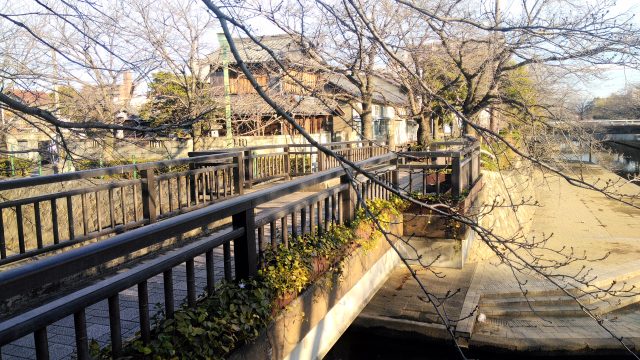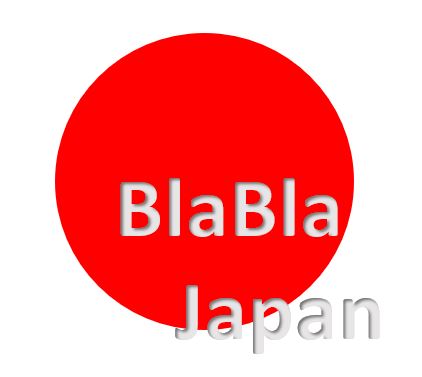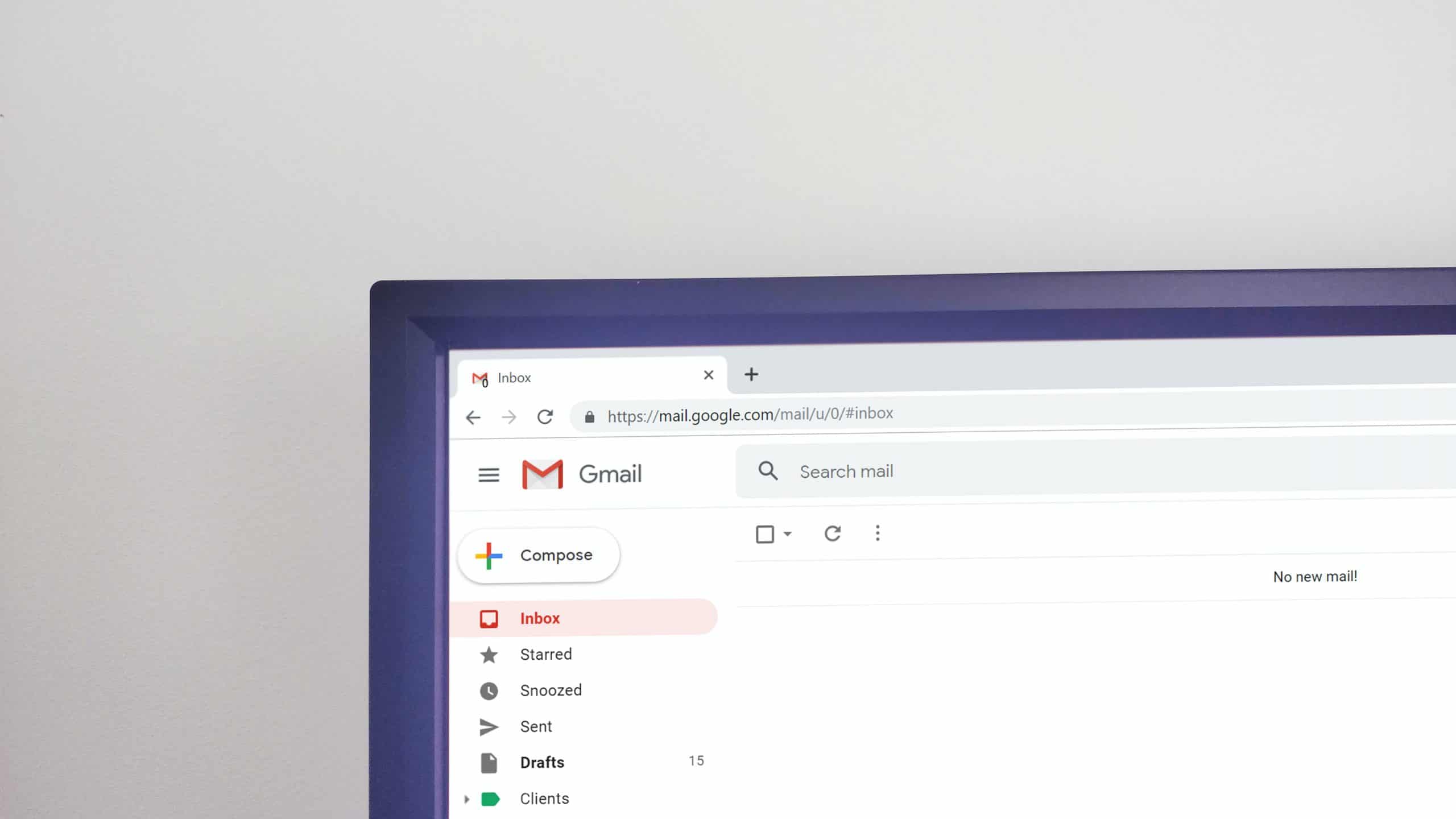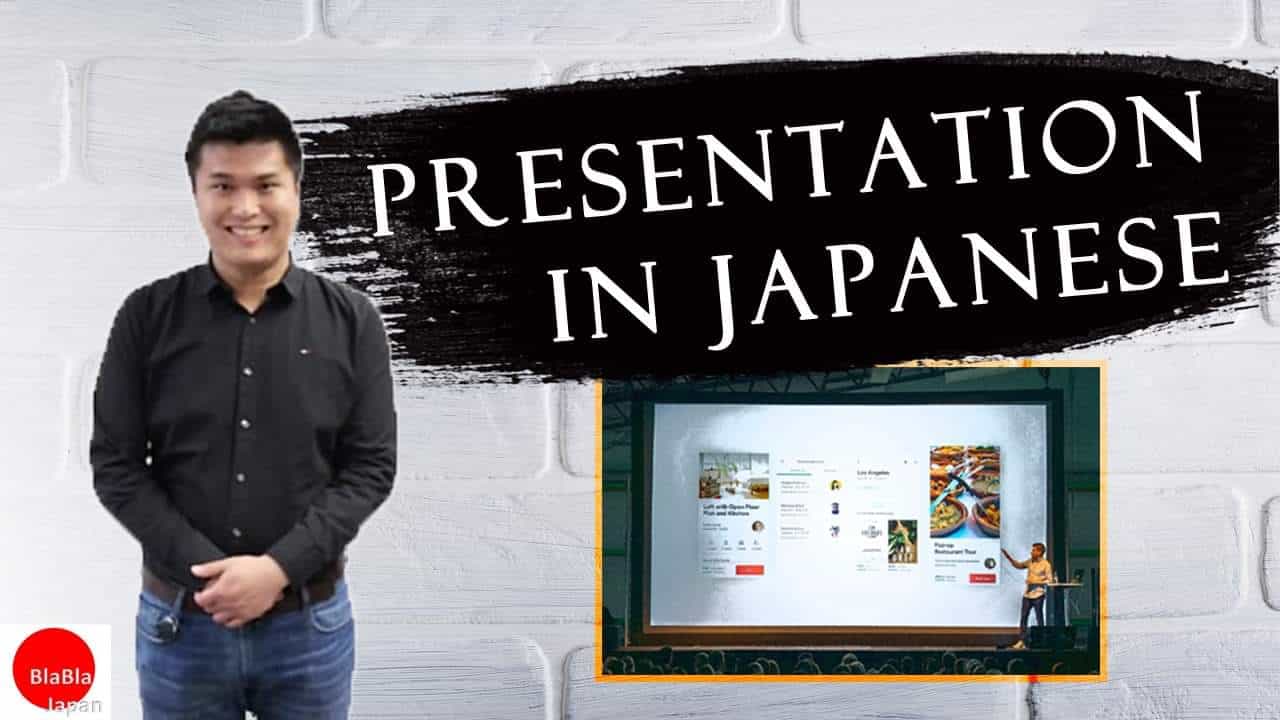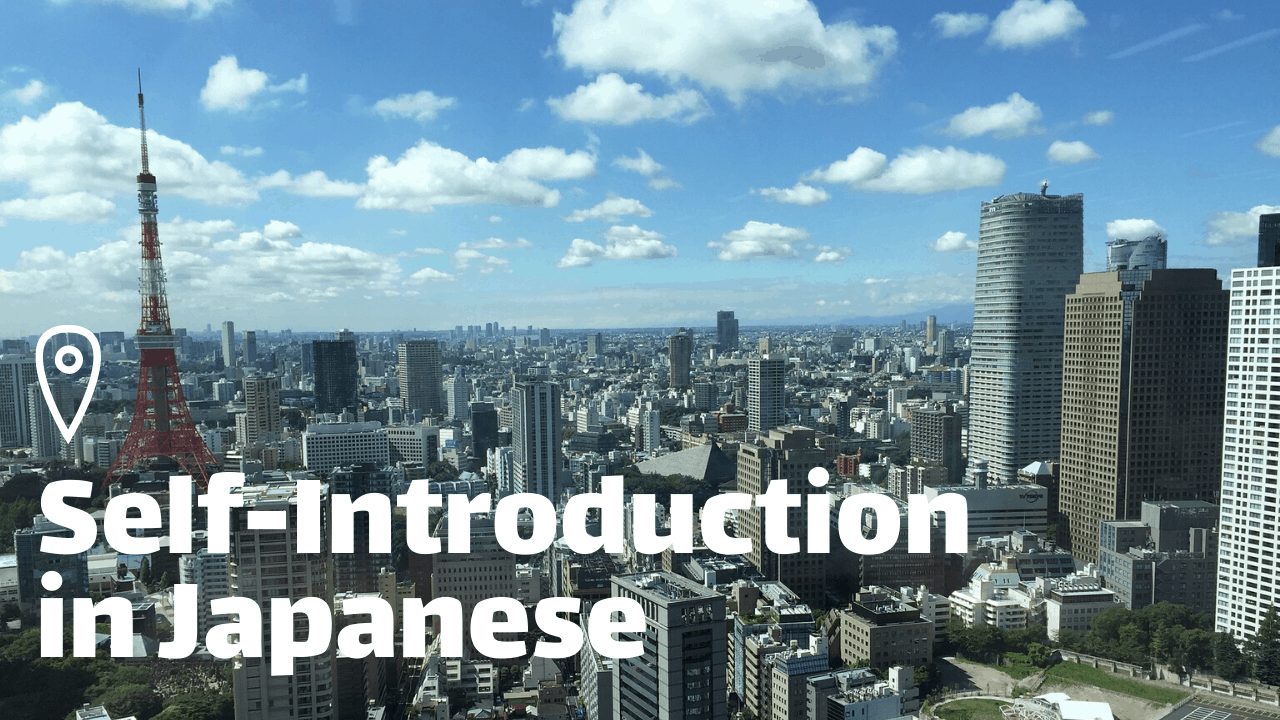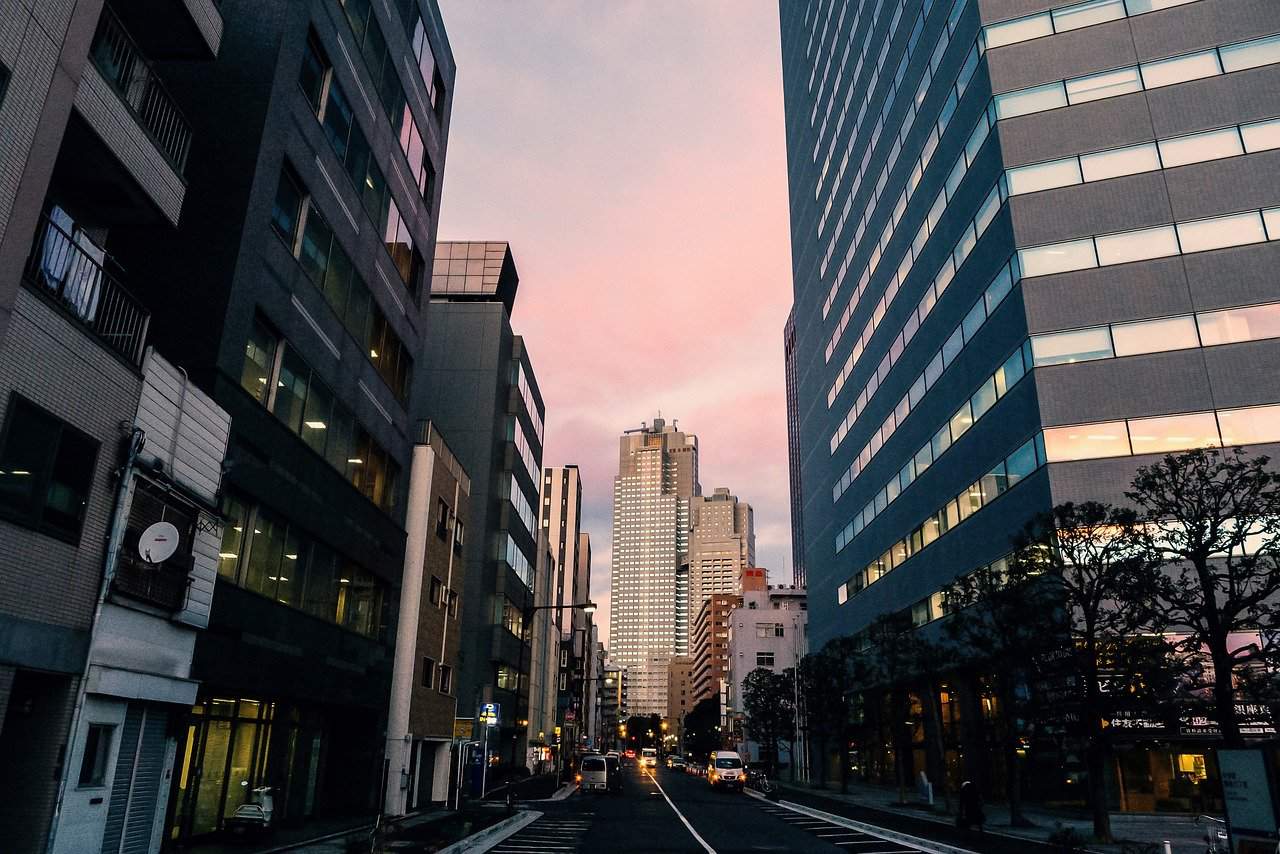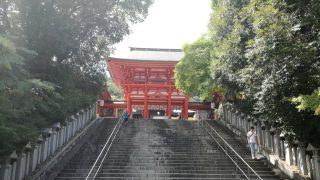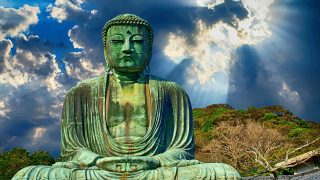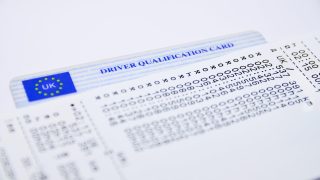When you decide to look for a job, one of the first steps is to write your CV. It’s important to take your time on it since it’s the first connection between you and your potential employer. If you can’t show in it who you are, it’s likely you won’t get to the interview. Cultural differences might occur in such small details already, so it’s wise to learn more about the structure and expectations of the Japanese CV.
In this article I will introduce every characteristic, that might not be obvious from a European’s perspective. Based on my personal experiences I have to admit, it’s not easy to write a convincing CV, but trust me, it’s worth all the efforts you put into. If you want to read more about Japanese job hunting and interviews, check out these articles too:
Most common mistakes that foreigner make at Japanese interviews
Self Introduction Speech in Japanese for Job Interview with Examples
How difficult is it for a foreigner to get a job in Japan?
How to write a Japanese CV with examples
Differences between Japanese and European CVs
Before we dive deep into the rules of Japanese CVs, let’s talk about why is it different from what we are used to. There are two types of CVs; traditional and American. The traditional one is rarely required these days, in a few years it might even disappear completely. It’s like an essay with long descriptive sentences. It’s really challenging since it requires concentration. On the other hand, the American type consists of short sections with bullet points. Its main goal is to be easy to read, you don’t have to write full sentences.
Japanese CV is somewhere between these two; one part is short and straight to the point, the other part is more essay-like. Interestingly, Japanese want to know as much as possible about the applicant so in most cases you have to tell your age and gender. Sometimes even your marital status. In Europe it’s a very personal matter, and I believe many people would be surprised if they got asked these questions, but in Japanese it’s not considered rude.
It’s not uncommon to submit a hand-written document. Japanese believe that handwriting reflects the soul of the person. They think if one has a nice handwriting, that person is a very calm and organised one, whereas one with an ugly handwriting is restless and light-headed. They can even tell if your characters are more round that means you’re nice and have a good heart, but angular characters means seriousness. This mentality is represented in calligraphy as well. One of my friends told me that his father sent a hand-written letter to his mom, who thought she’s like to meet a gentleman with such beautiful characters; that’s how their relationship started. We may think it’s so old fashion to ask a hand-written CV or ask such personal questions that have nothing to do with the job just take a lot of time and effort, but we should not think of them as nuisances, just accept the cultural differences.
Places that sell CV templates
It’s very easy to get a CV template in Japan. As I mentioned, many places require hand-written documents for the application, so you should not be satisfied with a digital version. Companies think hand-writing shows the personality of the applicant and their dedication. Besides, this is one of the first jobs: they watch how careful you are with official documents.
If you want to purchase something quickly, I recommend the convenient stores and supermarkets. Not every store sells them, but it’s worth a try to check out there. If you want the cheapest option, go to a 100-yen store (e.g. Daiso, Serio etc)
You might be wondering: does it matter where I buy it? The answer is simple: not really. A template from a 100-yen store is just as accepted as an expensive version. However, you should be careful if they mention what type of CV you need for the application. If the employer mentions what kind of CV they expect, you should buy a bit more expensive one.
Details with translation
In the following part I will introduce the parts of the CV. For this I used doda’s (a job hunting company) JIS standard that anyone can download from here.
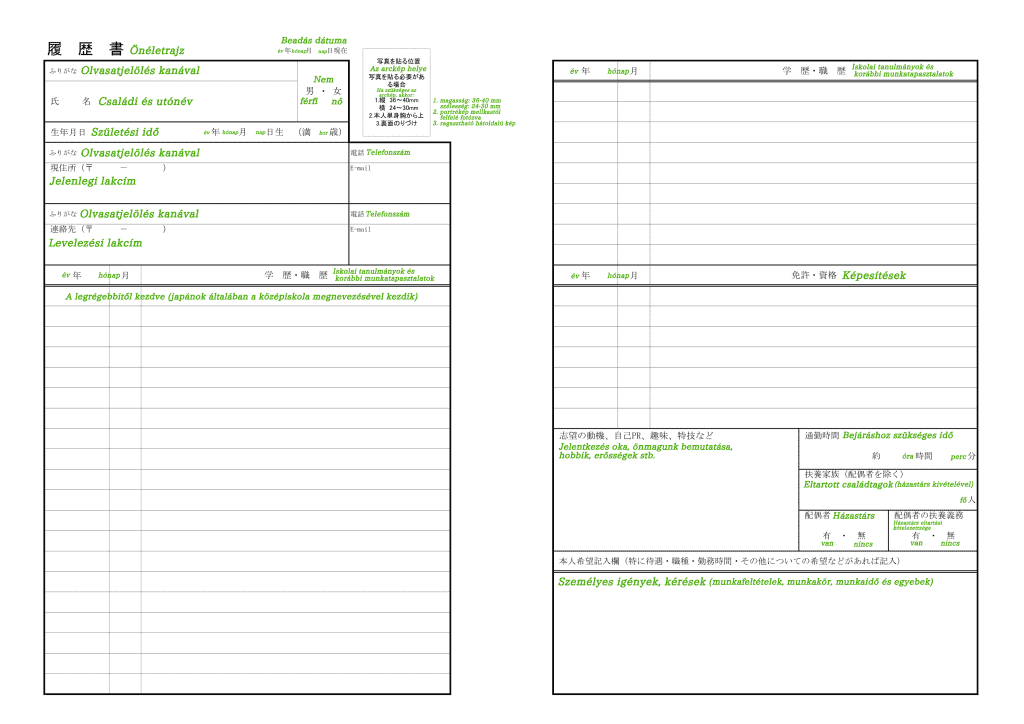
But what does it mean to pass the JIS requirements? JIS is the abbreviation of Japanese Industrial Standards (Nihon Kōgyō Kikaku日本工業規格in Japanese) JIS standard CV is a form based on the current industrial standards in Japanese. However, when changing jobs you don’t have to follow the JIS.
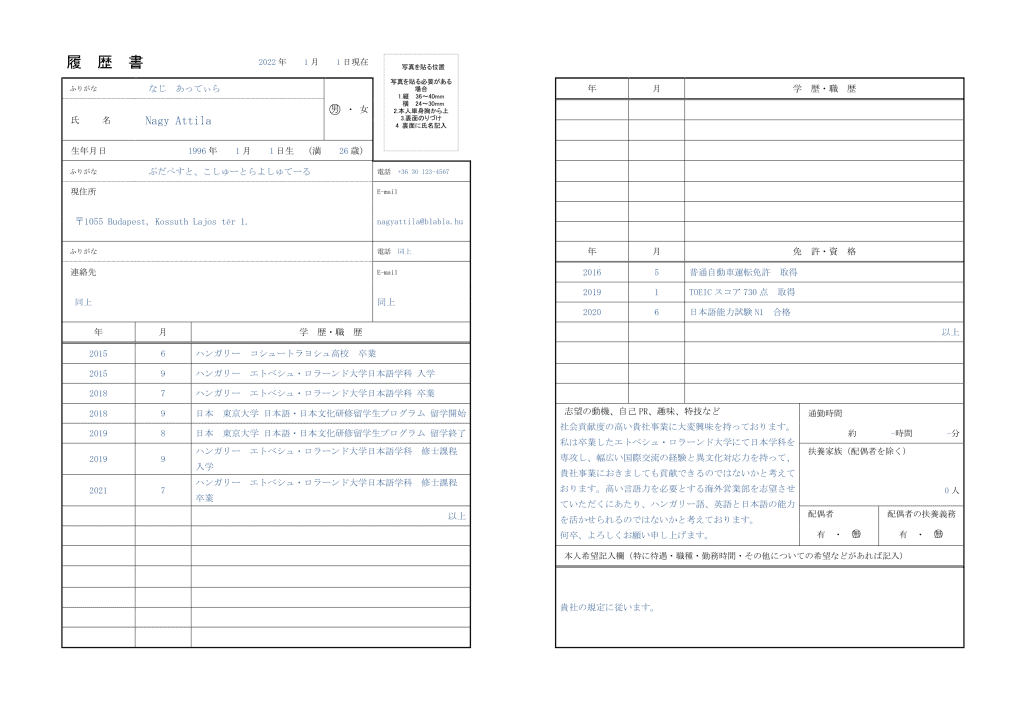
In this CV type there’s just a limited option of self-introduction, hobbies and strengths. It’s good news for those who want to write a CV quickly, but disadvantage that you cannot easily arouse interest with your CV. But the standards don’t limit the character number. Some job advertisement websites give plenty of space to describe your strengths. Plus, if you can use MS Word, you can add extra columns.
Basic personal information
Submission date
It’s important to write the date of the submission, not the date when you wrote the CV. It’s best to leave the date empty and fill in only when you are about to apply for the company. It happened to me once, that I forgot to change the date before submission. After this I left it always last – even though it’s the first thing on the document. It might sound like a small detail, but a company can detect how precise the applicant is.
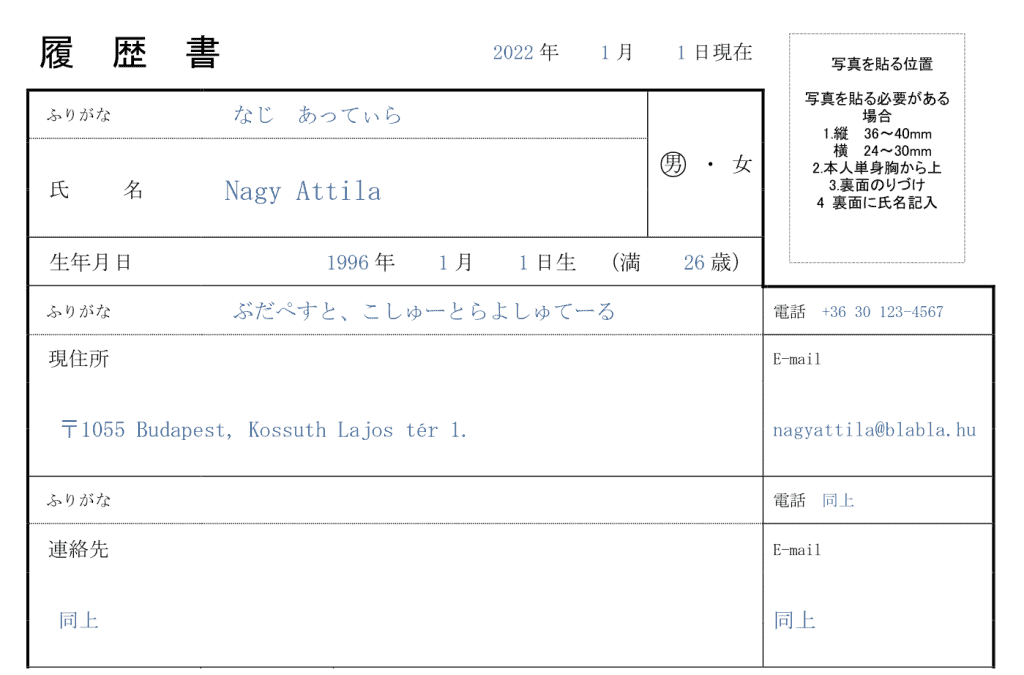
If you send your CV via mail, write the date when you go to the post office. If they ask you to bring your CV to the interview, write the date of the interview. You have two options to fill in the year: the Christian time or the Japanese era name. Both is acceptable, but it’s important to be consistent. Since you have to write the year many times, the easiest way is to use the Christian time.
Family and given name
Follow the Japanese name order: family name – given name. If the furigana for your name is written with hiragana, use hiragana, if with katakana, use that one. You can even add a half space between the names.
Address and phone number
The address starts with the prefecture, so you don’t have to write the country. Don’t forget the postal code and spelling either. If you see the example, every information has the spelling too. For your phone number, write the one you can be most easily reached during the day. If your mailing address is the same as your residence, you don’t have to write it twice, just use the 同上expression.

Photo
I would like to highlight that you should use a coloured photo. Most common size is 4×3 cm. Dress properly for the picture! The background should be white or some light colour. Use a picture that is not older than three months, so your current appearance won’t surprise the interviewer. Look straight to the camera, and just to be safe, write your name on the back of the photo before you stick it to the CV.
Education and experience
In this section you can tell about your studies and career. As mentioned above, be consistent with the year. It’s important to mention not only when you started an education or a job but also when you finished. As you can see on the example, you have to start with the earliest one and add the month too.
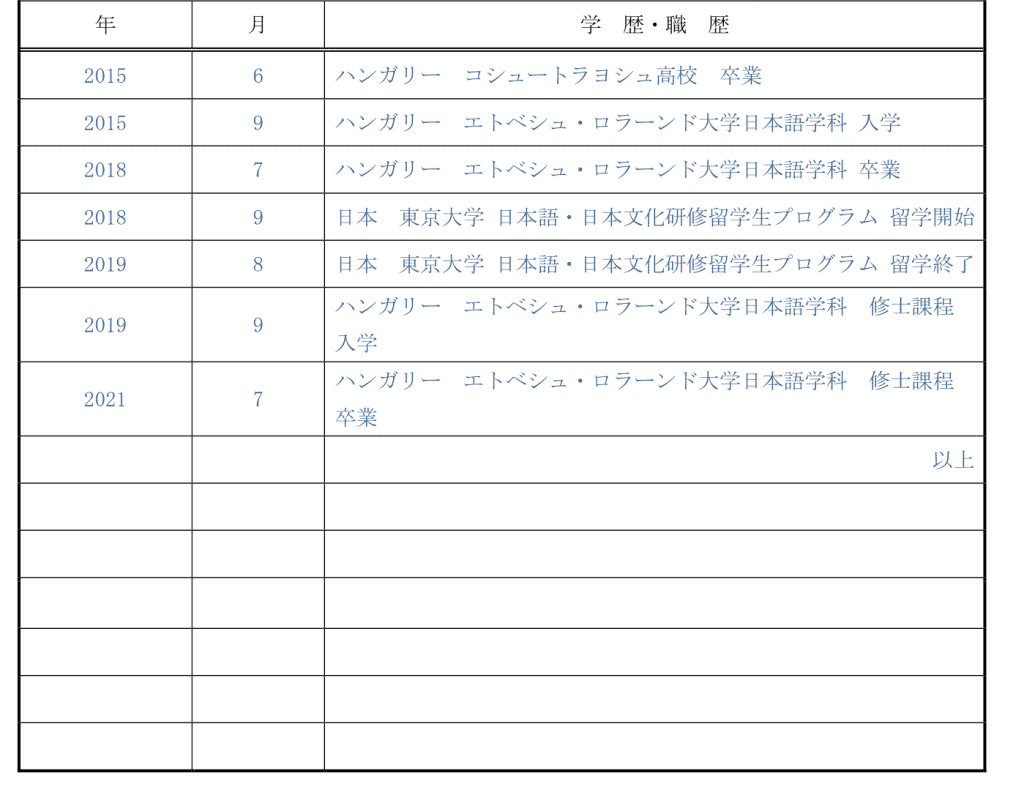
Japanese usually start with high school, so we should do as well. Always write the full name of the school and department. Starting date is 入学, graduation is 卒業. In case of a workplace use 入社 and 退社. First list the education and then the job experience. You must not mix it even if you started working before you graduated. If you have work experience, you can write shortly about the position. If you have nothing else to say, just add the 以上word. This is the easiest part of the CV, but you should take it seriously too.
Qualifications
You might ask what qualifications should you mention. Basically, anything you have, but most importantly those that can be relevant for the job. You can write driving licence, language exam, IT certificate etc. But always use the correct name to avoid misunderstandings.

Fun fact: for qualifications like driving licence you can use取得, for exams合格, which means you didn’t only try but passed too.
Essay parts
This is the section you have to write longer answers. In the picture it looks very tight, but an application form might require 200-300 character answers. In this sense, you should prepare your answers. Let’s see the most common questions!

Why did you apply?
They want to know why you chose specifically them. If you give an answer that can be true to ten other companies, you might get rejected quickly. This is why you have to think about something that proves you want to get to this and only this company.
Foreigners usually make the mistake of saying they want to utilise their language skills. Since we are foreigners, it’s almost obvious that we speak more languages. You should research the company, what they do, what achievements they have, and how you can connect it with your personal stories: and there you have your motivation.
Strength, weakness
Companies want to know two things: can you analyse yourself objectively? You have to know your strengths so that you can use them confidently with your job. Your weakness is important to acknowledge what you have to improve. The other thing they want to know is how well you fit to the position and the company. Every company has the image of what kind of person they are looking for, this is how they try to filter out those they can picture in their working environment.
When you choose your strength, think about the traits that can benefit the work. You can think of something simple: diligent, precise, ready to act, tough etc. It’s crucial to present them in a way that can be useful in a work situation. The company hires us to bring something to their success, so you must highlight your strengths ins a business sense. Choose a weakness that can lead to an other strength of yours. It’s a double chance for you to convince them.
What did you put efforts into during your studies?
This question doesn’t necessarily appear in CVs, but very common in an interview. It can be something small and simple too. The process is what matters: you had to face a failure or challenge in the past and you successfully overcame it and learned something new. It can be a group project, a contest or a part-time job experience, or really anything that happened to you. You can prove your persistence and problem-solving skill with this answer.
You can say anything nice about yourself if you can’t prove it. For that, you have to think of episodes in your life. As we mentioned in a previous article, Japanese companies care about your potentials. You can make a list about memories when you acted in a way that showed a positive side of yours, this helps you not only to write your CV but also to prepare for an interview.
Hobbies, free time
But why do they care about what you do in your free time? This answer really matters when you get to an interview. Most of the applicants are very nervous, so an interviewer starts to talk about their hobbies to make them feel more comfortable. At least for this reason, be honest about your hobbies. Be very practical, and choose something you actually like.
Personal needs, requests
If you have any request for the employer, you can write them here. If you can choose from more positions, write the one you are applying. But you can also tell here which city you’d like to work in. However, don’t forget to be humble and explain the reasons too. If you don’t have anything special just write 貴社の規定に従います, that means you follow the company’s offer.
Make sure to not boast about anything here. The upper sections are for that, in this part write only the things that are appropriate. For example, if you have some gaps in your CV, tell them the reasons here.

Summary
We might think writing a CV is no witch-craft, but in reality it takes a lot of time. I recommend being careful and not patch up in 1-2 hours. Write it with consideration, a CV that resembles you. I hope this guide can be useful for you, and you gained some confidence to write your CV. Don’t forget, your time and effort is crucial. Good luck!

